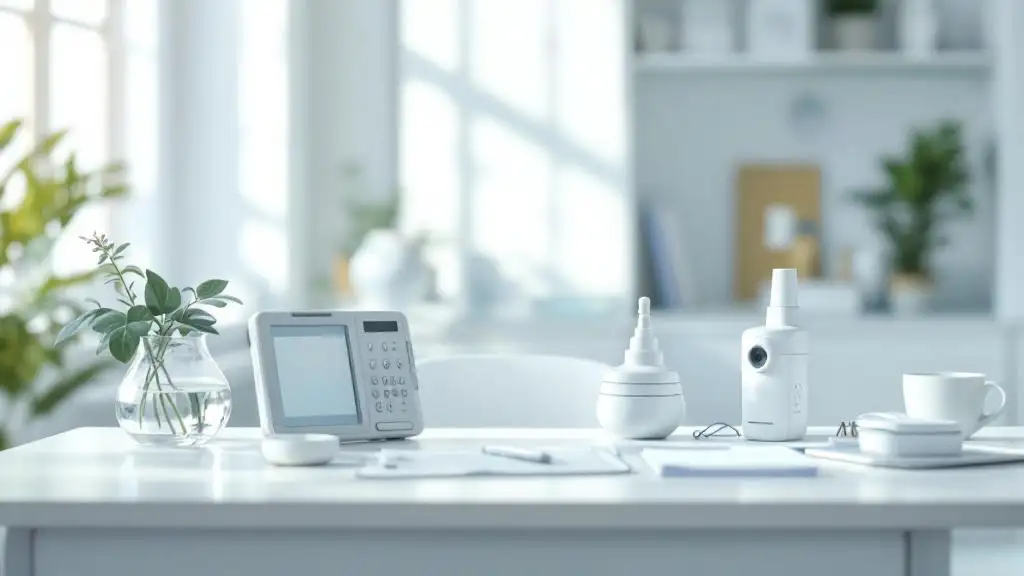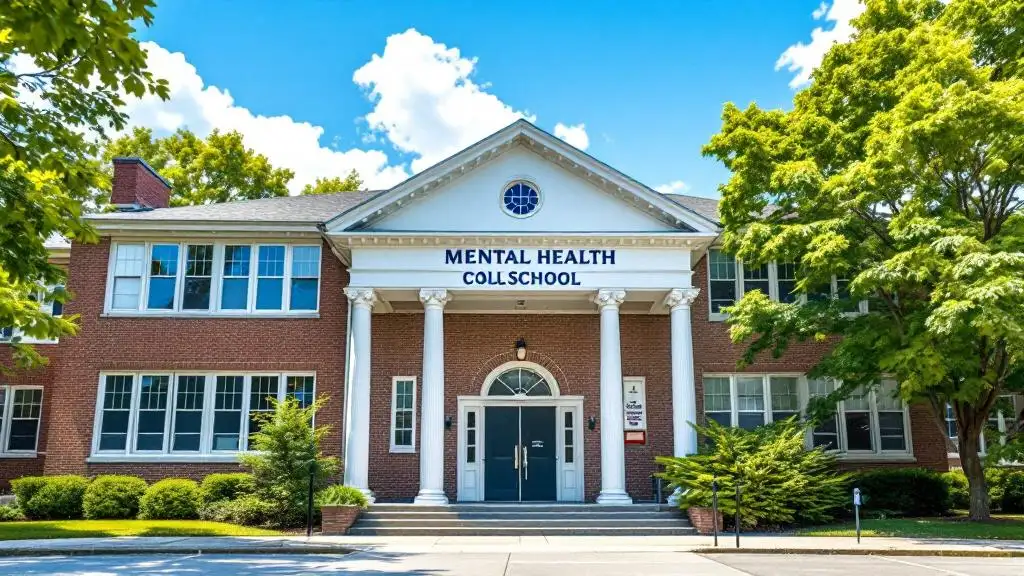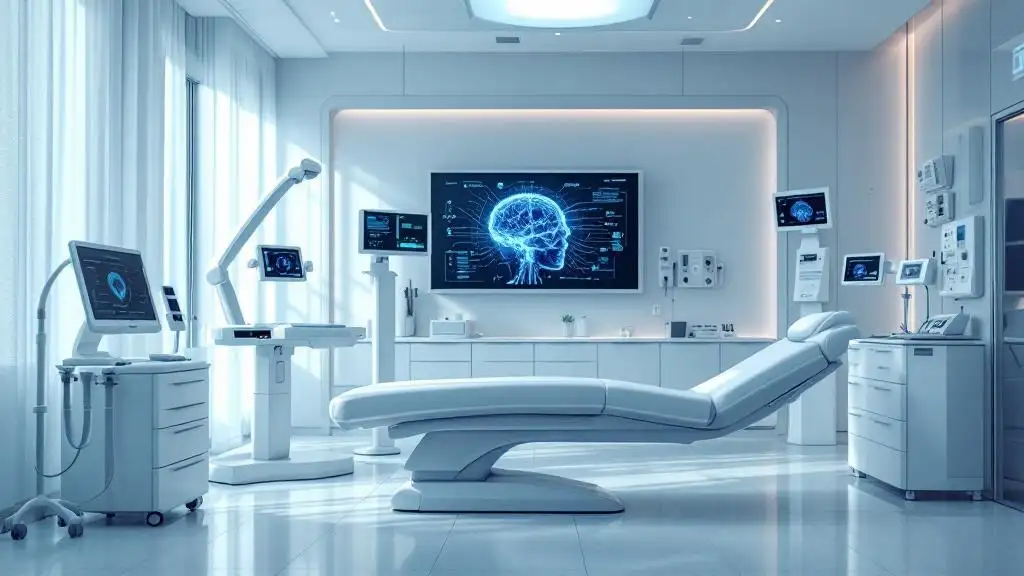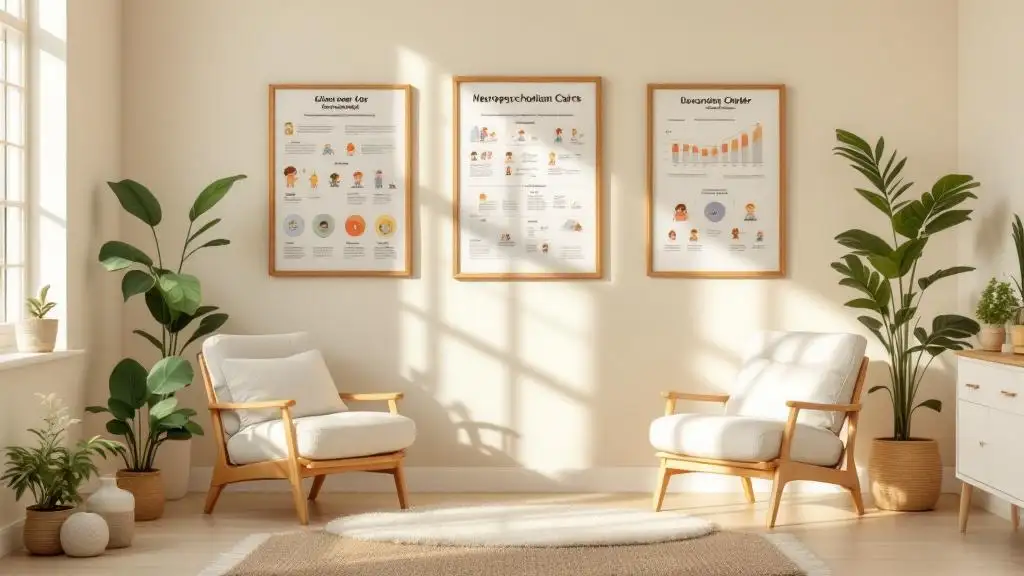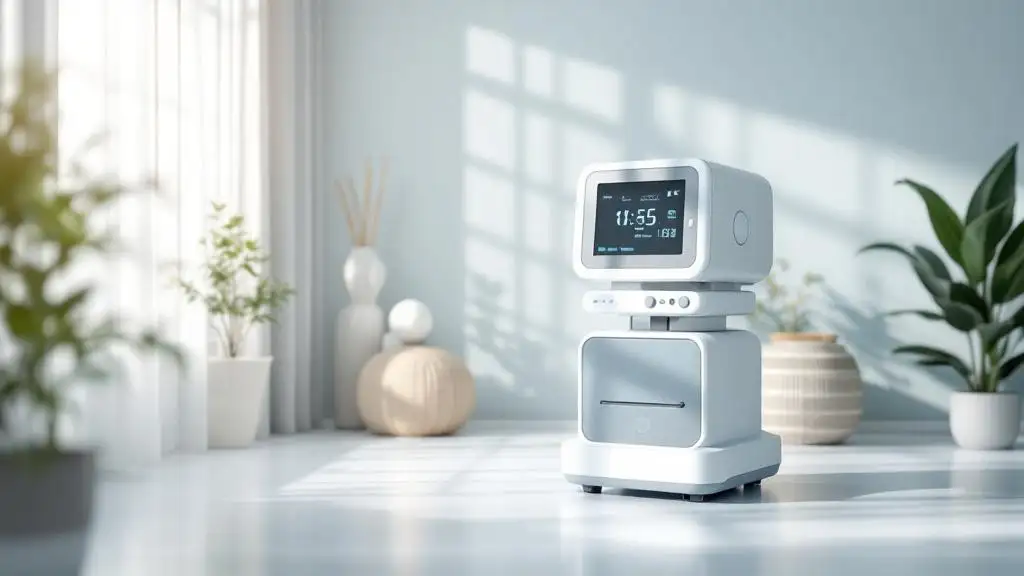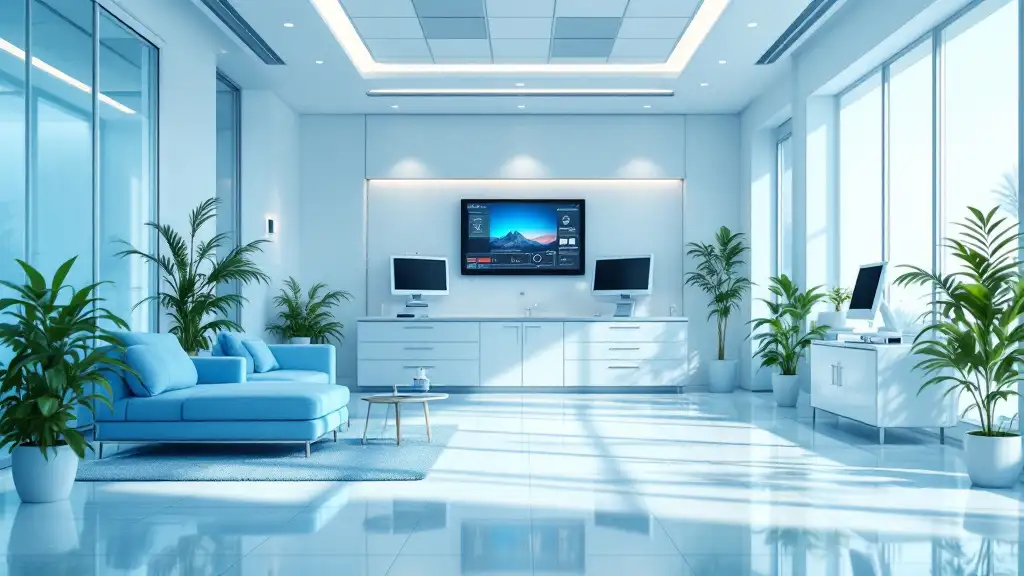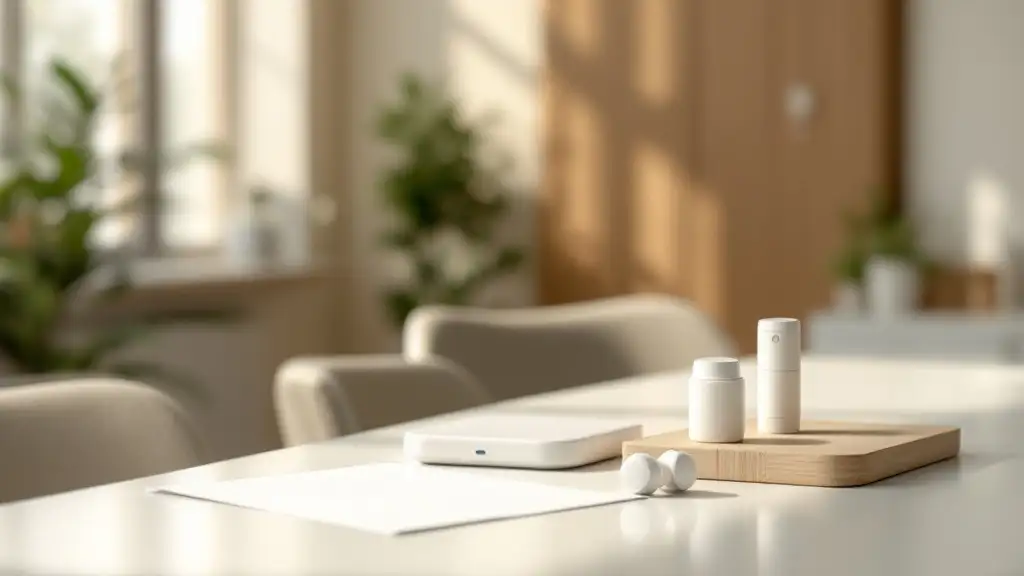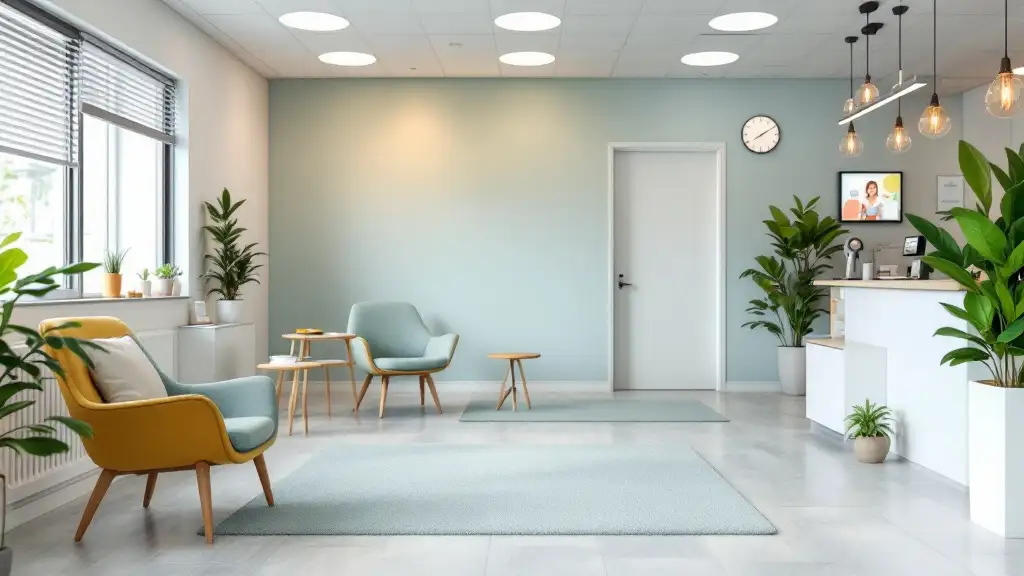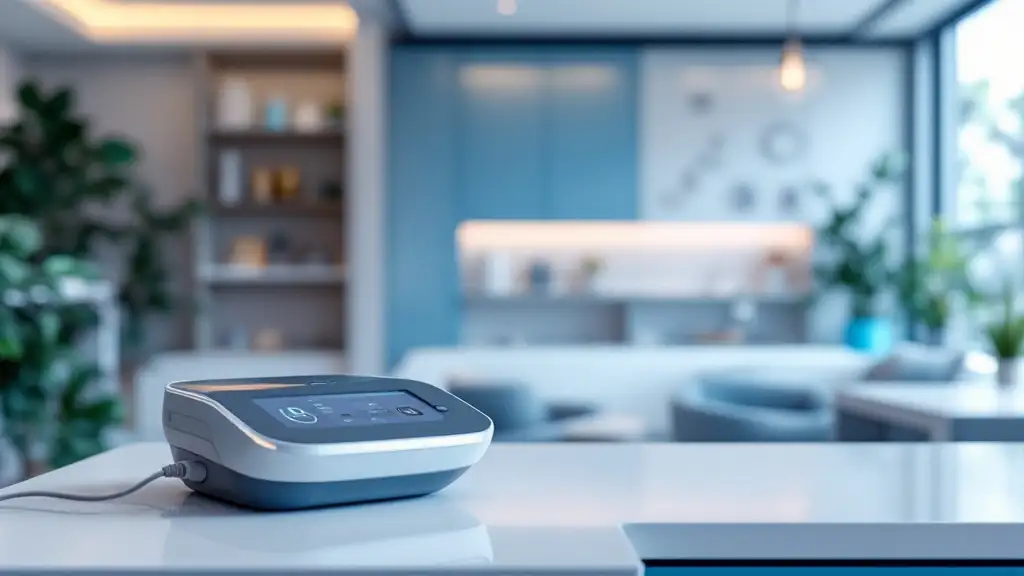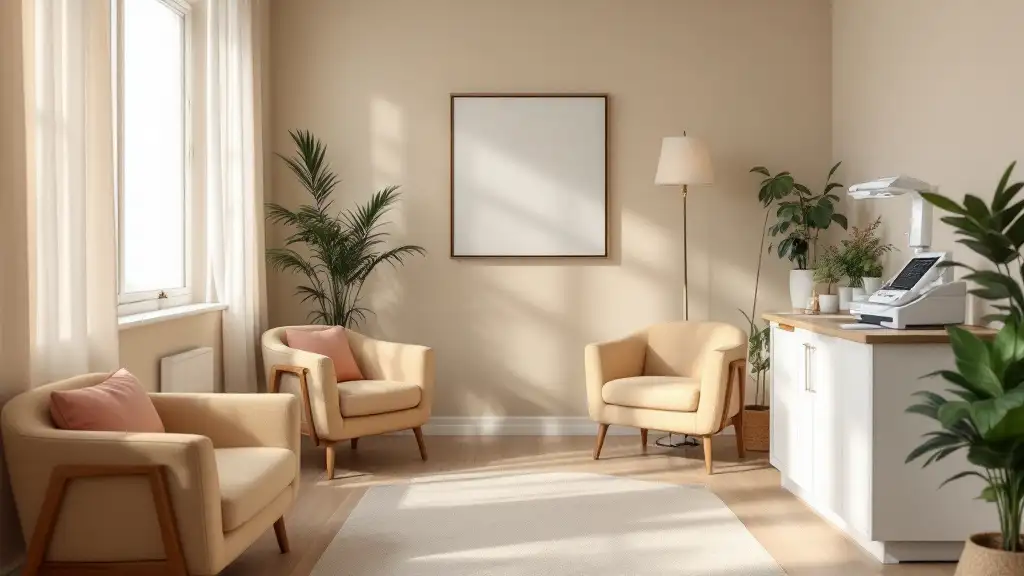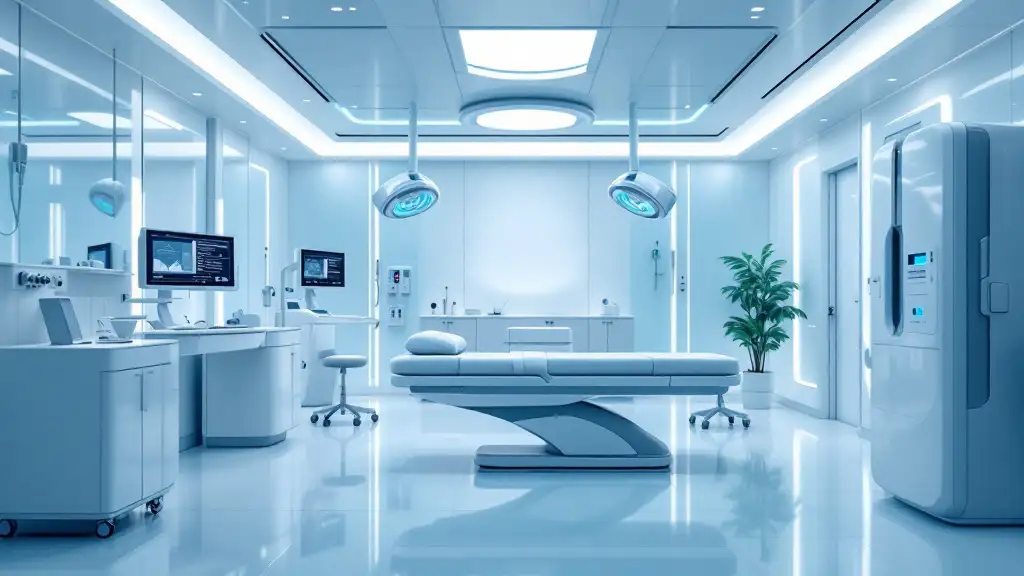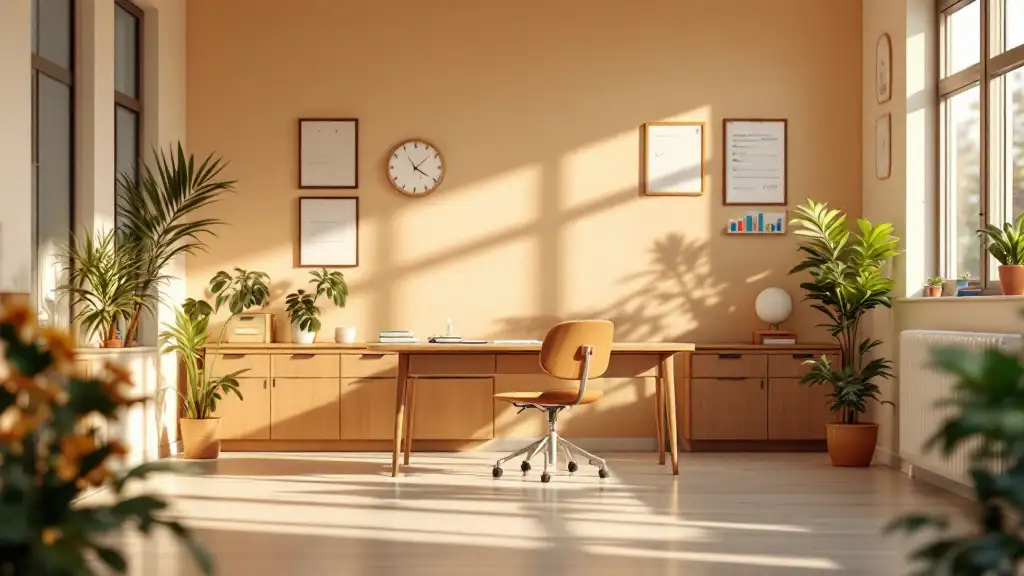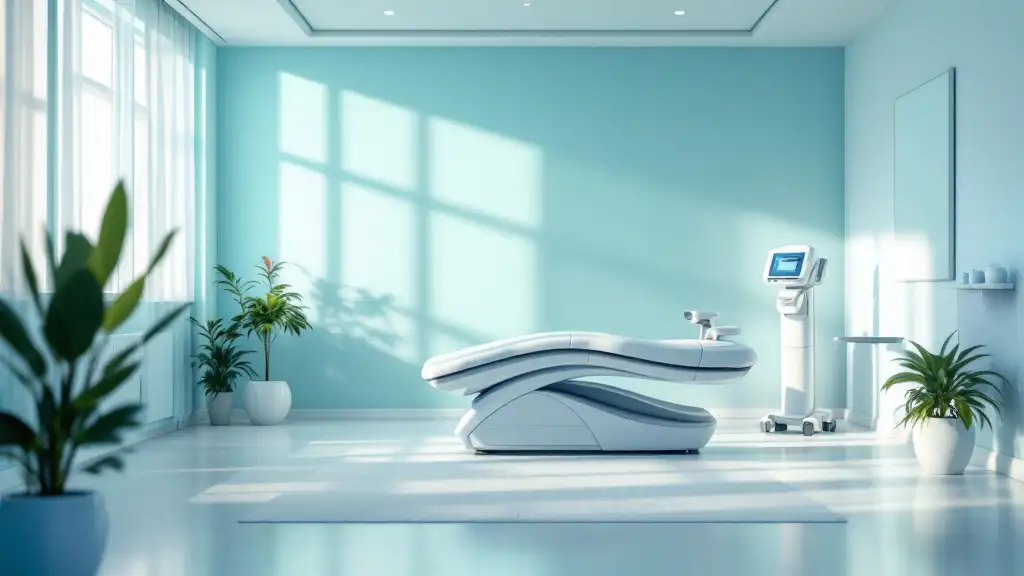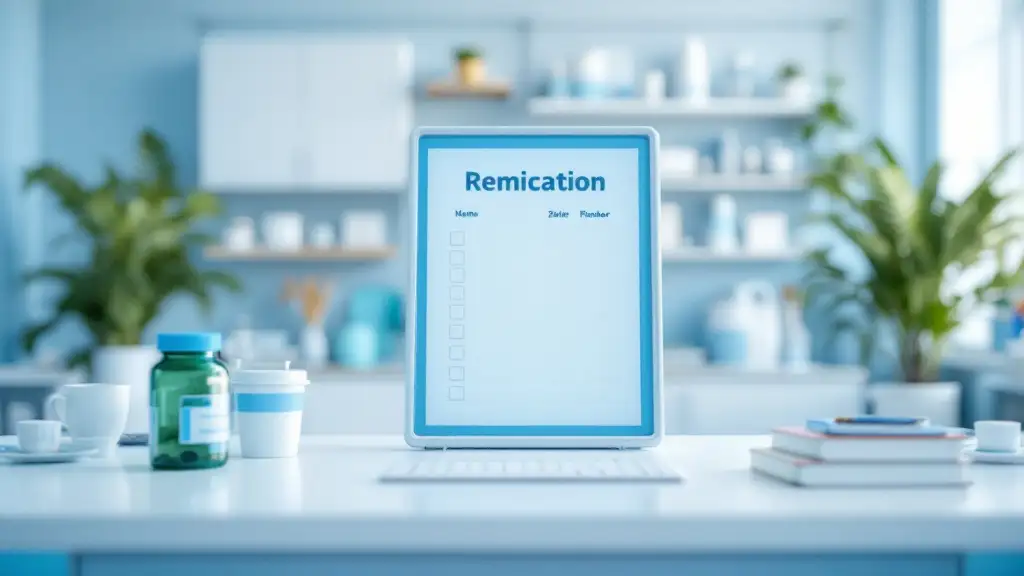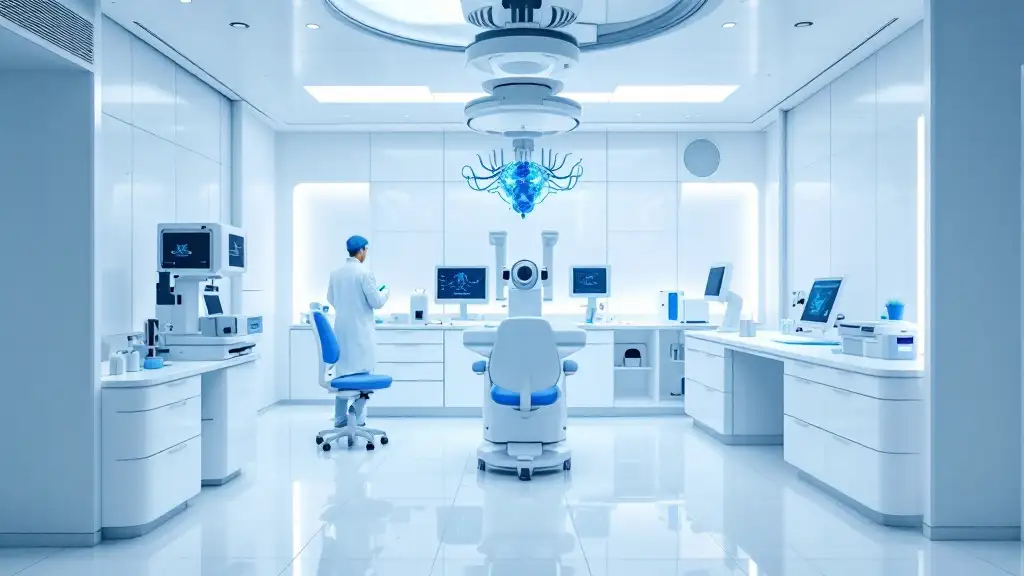Preparing Seniors for Effective Remote Medication Check-ins
As telehealth becomes an integral part of senior healthcare, effective preparation for remote medication check-ins is essential. Proper organization, safety measures, and communication practices ensure seniors have a productive and safe experience during virtual consultations. This article offers comprehensive guidance on what seniors should do beforehand, highlighting tools, strategies, and safety considerations for managing medications remotely.
Comprehensive Medication Organization and List Preparation
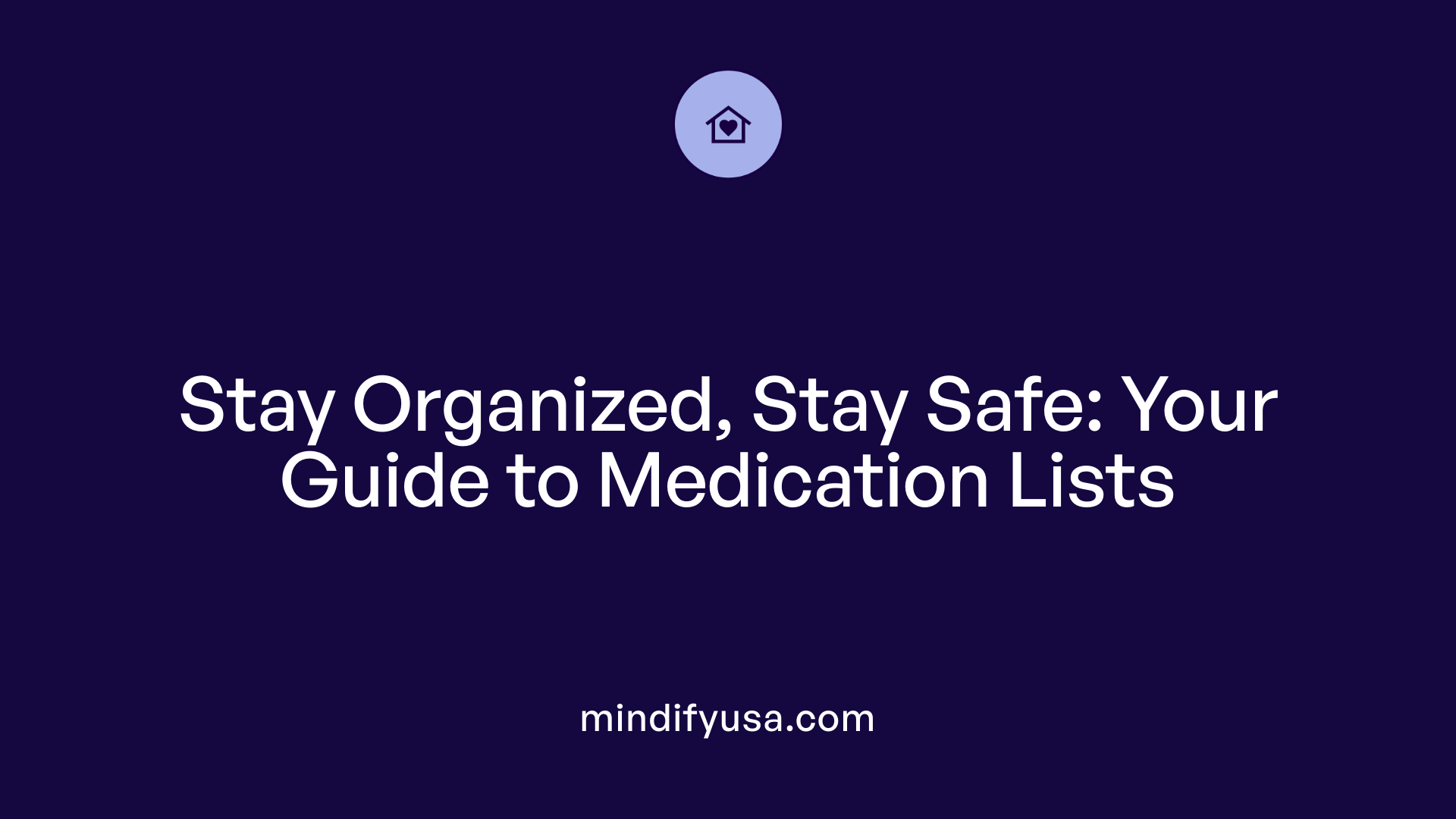
Why is maintaining a current medication list important for seniors?
Creating and updating a detailed medication list helps prevent adverse interactions, ensures proper dosages, and promotes safe medication practices. This list should include all prescribed drugs, over-the-counter medications, vitamins, supplements, and herbal remedies. Seniors often forget or overlook some items, which can lead to dangerous interactions or missed doses.
How should seniors prepare their medication list?
Seniors should compile a comprehensive and current list of all their medications. This includes the name, dosage, frequency, and purpose of each medication. Using a simple template or a digital app can simplify this process. Regular reviews with healthcare providers help keep the list accurate and up-to-date. It's also advisable to include information about any allergies or adverse reactions experienced.
Sharing the medication list with healthcare providers
Making sure healthcare providers have access to the latest medication information is vital. Seniors should bring their updated list during medical appointments and inform their doctors about any recent changes. Sharing this list digitally via secure patient portals or mobile health apps can enhance communication and safety. Family members or caregivers should also have access, especially if the senior has cognitive or physical impairments.
Understanding medication purposes and proper dosages
Knowing why each medication is prescribed helps seniors stay engaged and compliant with their treatment. Asking questions about the purpose, potential side effects, and interactions is essential for safety. Proper storage and adherence to dosing instructions can prevent complications. Regular medication reviews, such as the 'Brown Bag' review where seniors bring all medications to a healthcare appointment, are effective in managing and clarifying medication regimens.
Practical tips for maintaining medication safety
- Use pill organizers or blister packs to keep track of medications.
- Label bottles clearly with large, easy-to-read labels.
- Store medications in a cool, dry place out of reach of children and pets.
- Refill prescriptions timely and avoid running out of essential medications.
- Dispose of expired or unused medications safely according to community guidelines.
Technological tools aiding medication management
Numerous apps and digital solutions help seniors track doses, set reminders, and store medication details securely. Smart pill bottles and alert bracelets can also send reminders or notify caregivers about missed doses.
| Aspect | Recommendation | Additional Info |
|---|---|---|
| List Creation | Maintain an up-to-date medication list | Include all prescriptions, OTC, vitamins, and supplements |
| Sharing | Provide the list to healthcare providers | Use in-person or digital methods |
| Understanding | Know purpose and dosage | Ask healthcare providers if unsure |
| Storage | Store properly | Cool, dry, and out of reach |
| Disposal | Dispose safely | Follow community instructions |
Final thoughts
A thorough and current medication list is foundational to safe medication use for seniors. Combining it with proper storage, understanding, regular reviews, and the support of technology and caregivers creates a safer medication experience, reducing risks and improving health outcomes.
Utilizing Technology and Reminder Tools for Adherence
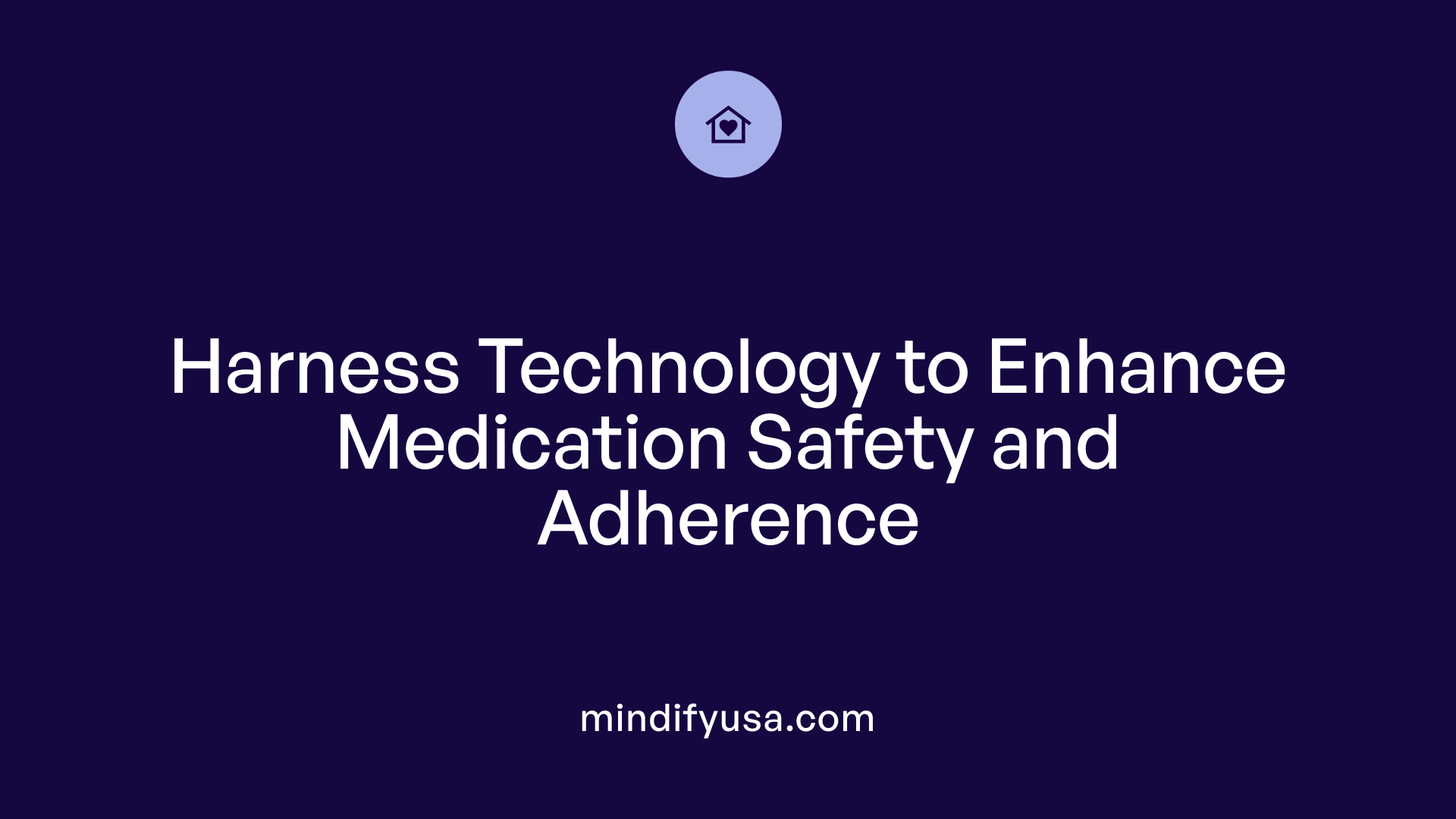
What are effective strategies for managing medications during remote check-ins?
Managing medications remotely requires a combination of technological tools and practical approaches to ensure seniors take their medications correctly. During telehealth sessions, healthcare providers can perform medication reconciliation by reviewing lists of all prescribed drugs, over-the-counter products, vitamins, and supplements. Validated tools like the Medication Appropriateness Index (MAI) and STOPP criteria help identify potentially inappropriate or harmful medications.
Visual confirmation plays a crucial role. Through video visits, clinicians can verify medications, check for proper storage, and assess whether adherence is on track. This process allows providers to spot discrepancies, such as missed doses or expired drugs, and correct misunderstandings.
Educational interventions during telehealth appointments can further improve medication management. Providers can clarify the purpose of each medication, explain potential side effects, and reinforce correct usage. Encouraging open dialogue about adverse effects or concerns enables timely adjustments.
Regular safety reviews are essential, especially for seniors on multiple medications, a situation known as polypharmacy. Checking for drug interactions and adverse effects helps prevent complications. In addition, telemedicine platforms equipped with reminder systems can prompt patients to take medications on schedule.
Effective remote medication management also involves facilitating clear communication channels between patients and healthcare teams. This might include secure messaging or follow-up calls for ongoing support.
Overall, integrating these strategies—medication reconciliation, visual confirmation, education, safety reviews, and reminder systems—enhances medication safety, adherence, and health outcomes for seniors in a remote setting.
Safety Considerations and Proper Storage of Medications

What safety considerations should seniors keep in mind during remote medication management?
Seniors engaging in remote medication management must prioritize safety to prevent medication errors and adverse effects. An essential step is maintaining an organized, comprehensive medication list. This list should include all prescriptions, over-the-counter drugs, vitamins, and supplements. Keeping this information current and accessible is crucial for accurate communication with healthcare providers.
Proper storage plays a significant role in medication safety. Medications should be stored in a cool, dry, dark place, away from children and pets. This prevents accidental ingestion and protects medication integrity. Using child-resistant caps and secure containers for high-risk medications adds an extra layer of safety.
Organizing medications with tools such as pill organizers, automated dispensers, and reminder apps can help manage complex schedules and avoid missed doses. Regularly checking expiration dates and disposing of expired or unused medicines properly reduces risks associated with compromised efficacy or potential toxicity.
Open communication with healthcare providers is vital, especially if there are changes in medication or storage practices. Regular medication reviews can help identify unnecessary or dangerous combinations and keep treatment plans updated.
Safe disposal of medications is another key aspect. Seniors should follow community guidelines for disposing of expired or unused medications, such as returning them to pharmacies or using designated disposal programs, to prevent misuse and environmental harm.
By following these best practices, seniors can effectively manage their medications remotely while minimizing safety risks.
Ensuring Safety and Proper Storage Practices
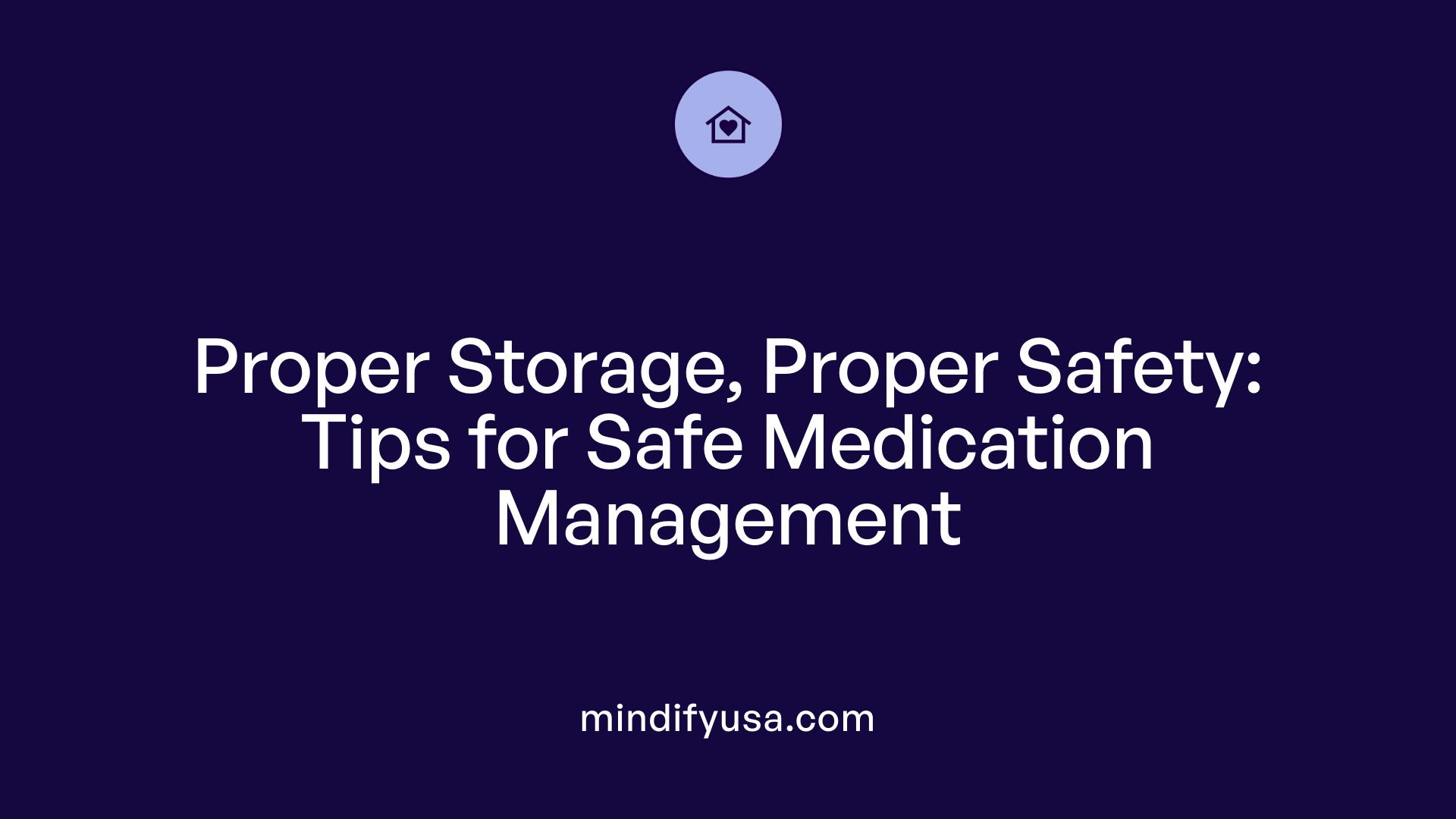
What are the best practices for ensuring medication safety and proper storage for remote check-ins?
Maintaining medication safety and proper storage is vital, especially for seniors managing multiple medications and engaging in remote health check-ins. A primary step is storing medicines in their original containers. This helps in easy identification and provides crucial information such as dosage and expiration dates. Medications should be kept in a cool, dry place, away from humidity and heat sources like bathrooms or kitchens, which can degrade their effectiveness.
Secure storage is essential to prevent accidental ingestion by children, pets, or confused household members. Using child-resistant caps and lockable containers adds an extra layer of safety. It is equally important to regularly review all medications, checking expiration dates, and disposing of expired or unused medicines safely through designated take-back programs or following safe at-home disposal procedures. Flushing medications down the toilet is generally discouraged unless approved and specified by authorities.
An organized medication routine supports adherence and safety. Keeping an up-to-date list that covers all prescription drugs, over-the-counter products, vitamins, and supplements is essential. Sharing this list with healthcare providers during remote consultations ensures they have complete information, reducing risks of adverse interactions.
Color-coded labeling and clear, large print on bottles help prevent mix-ups and ease identification, especially for seniors with vision problems. Using medication management aids such as pill organizers, blister packs, or mobile apps can also improve adherence and reduce errors.
Furthermore, consistent communication with healthcare providers about any changes in medication plans, side effects, or storage issues is crucial. Educating household members about safety practices, especially in homes with vulnerable individuals, minimizes risk.
To summarize, best practices involve secure, organized, and properly labeled storage combined with regular monitoring, disposal, and communication. These steps are key for maintaining medication efficacy and safety, particularly during remote check-ins and telehealth visits.
Effective Communication and Preparation Tips
How can seniors communicate effectively with healthcare providers during remote medication evaluations?
Effective communication during telehealth visits is vital for seniors managing multiple medications. Building rapport with healthcare providers helps create a trusting environment, encouraging honest dialogue about medications and concerns.
Seniors should prepare questions and notes before their appointment. Listing current medications, including over-the-counter drugs, vitamins, and supplements, along with any recent changes or side effects experienced, can make consultations more productive.
Using teach-back techniques ensures understanding. This involves seniors repeating information or instructions in their own words, which helps confirm they clearly comprehend medication instructions or adjustments.
During video calls, ensure proper privacy and good lighting. Choosing a quiet, well-lit space minimizes distractions and enhances communication quality. Testing the internet connection and technology beforehand prevents interruptions.
Before the appointment, confirm all necessary documentation, such as medication lists, recent lab results, or previous evaluation reports. Having these ready allows healthcare providers to make informed decisions.
In addition, asking open-ended questions, expressing concerns, and requesting clarification on medication purposes or side effects foster a collaborative relationship with providers.
Building rapport with healthcare providers over telehealth.
Establishing a connection over virtual platforms can be achieved by addressing the provider by name, maintaining eye contact by looking at the camera, and showing engagement through nodding and verbal affirmations.
Sharing personal information relevant to health and medication management promotes trust. Maintaining a polite and patient demeanor encourages open dialogue.
Preparing questions and notes ahead of the appointment.
Creating a list of questions about medication purpose, side effects, timing, or interactions ensures all concerns are addressed.
Writing down notes during the visit helps reinforce understanding and provides a record for future reference.
Using teach-back techniques to confirm understanding.
After explanations, seniors can paraphrase instructions or ask, "Do you remember what the next dose is?" or "Can you tell me what this medication is for?" to ensure clarity.
Ensuring privacy and good lighting during video calls.
Choose a private space free from interruptions. Sit facing a light source to ensure your face is well-lit, making it easier for providers to interpret facial cues.
Confirming appointment details and necessary documentation.
Double-check appointment time, platform instructions, and any required materials like medication lists or recent test results. This preparation streamlines the session and maximizes usefulness.
| Tips for Effective Telehealth Communication | Details | Additional Insights |
|---|---|---|
| Build rapport | Use personal greetings, active listening | Enhances trust and openness |
| Prepare questions | List concerns on paper | Ensures follow-up items are addressed |
| Use teach-back | Repeat instructions in own words | Confirms understanding |
| Ensure privacy and lighting | Quiet, well-lit space | Improves communication quality |
| Confirm details and documentation | Check appointment info, ready meds | Avoid delays or missed info |
By utilizing these approaches, seniors can enhance the effectiveness of their telehealth visits and ensure their medication management is safe, accurate, and tailored to their needs.
Summary and Final Tips for a Successful Remote Medication Check-in
Thorough preparation, effective communication, and vigilant safety practices are the cornerstones of successful remote medication check-ins for seniors. By organizing medications, leveraging technology, ensuring proper storage, and preparing questions in advance, older adults can maximize the benefits of telehealth. Engaging caregivers and maintaining open dialogue with healthcare providers further enhance medication safety and adherence. As telehealth continues to grow, these strategies will help seniors navigate remote healthcare confidently, ensuring their medications are managed safely and effectively from the comfort of home.
References
- 8 Effective Medication Reminder Strategies for Seniors
- Mastering Medication Safety for Seniors at Home
- How Telemedicine Is Transforming Healthcare for Seniors in 2025
- Seniors and Their Meds: Top 5 Recommendations on Medication ...
- The Role of Telemedicine in Geriatric Assessments
- Medication self-management: Considerations and decisions by ...
- Medication Safety and Your Health - CDC
- Medication Management and Safety Tips | Johns Hopkins Medicine
- Medicine Safety Tips At Home | Pfizer











